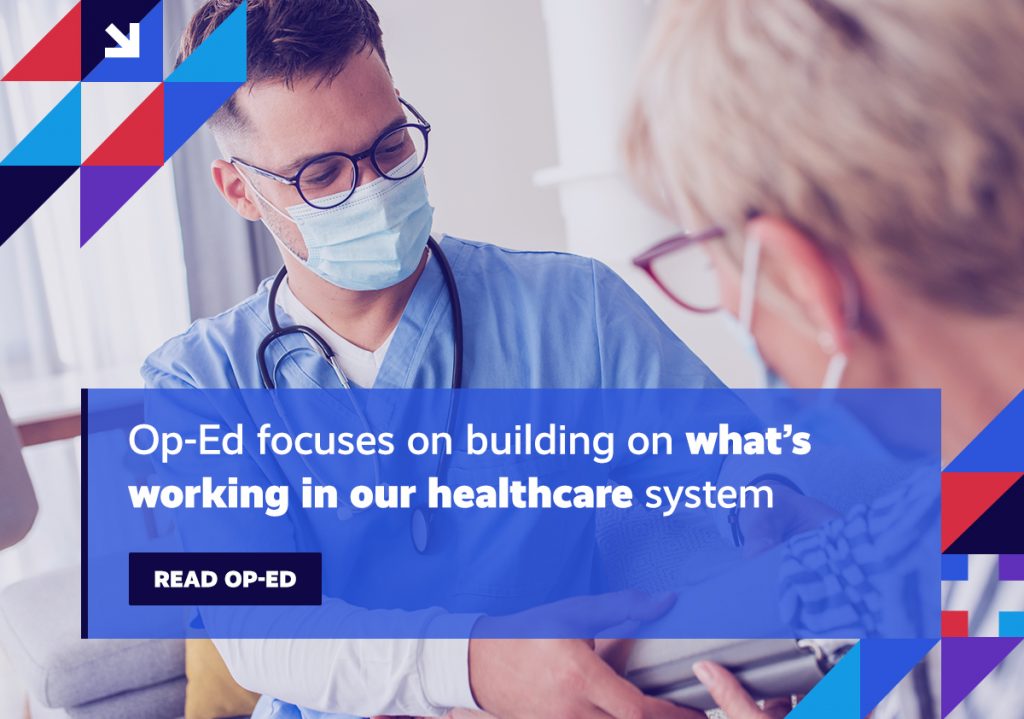A new analysis undermines one of Big Pharma’s biggest justifications; ER docs surprise bill patients as much as ten times more; lawmakers work to advance an important audio-only telehealth proposal; and, stakeholders focus on the importance of population health.
We encourage you to stay involved as implementation efforts surrounding healthcare reform progress. Visit the Health Action Network and be sure to let us know what’s on your mind.
Week in Review
CBO Analysis: Pharmaceutical manufacturers have long pointed to the cost of innovation as being an unfortunate, but necessary, factor in drug pricing determinations. However, a new analysis from the Congressional Budget Office (CBO) takes aim at that justification, undermining the defensive rhetoric. Pointedly, the analysis concludes that drugmakers set the prices of their new products with an eye on maximizing future revenues – and, most notably, that the drug’s sunken R&D costs (costs already incurred in the development of the drug) have no influence on the price. Experts latched onto the report from CBO as providing clear evidence that research and development investments have no relationship to the prices set by pharmaceutical companies.
ER Surprise Bills: A pair of recent studies highlights the pervasive influence that emergency rooms (ERs) continue to wield over our larger healthcare cost curve. Both analyses, appearing in Health Affairs, do little to dispel the growing narrative that ERs, while undoubtedly providing a critical, necessary function, exact a heavy toll on patients and our system, writ large. The first study sought to measure the financial impact of surprise medical bills on privately-insured patients. Researchers discovered that over a 15-year period (between 2001 and 2016), patients who were hit with surprise medical bills wound up paying ER docs 10 times more than patients who weren’t, leading the study’s authors to surmise that these systems stood to collect more revenue by staying outside an insurer’s network. The second study also shines a light on how ERs increase healthcare costs. This time, researchers set out to see if urgent care centers offered a significant enough alternative to ERs to mitigate that cost burden. However, what they found was that, despite urgent care centers successfully keeping some lower-acuity patients from visiting costly ERs, their presence did not result in a drop in total healthcare costs. This they attributed to the fact that ER visits have become so costly that the number of urgent care visits that would be required to reduce one ER visit was 37.
Audio-Only Telehealth: Late last month, federal lawmakers reintroduced a bill that would improve access to audio-only telehealth services for Medicare Advantage (MA) beneficiaries. Stakeholders wasted no time expressing their support for the proposal. Over the past year, telehealth has helped bridge critical care gaps exposed by the pandemic, allowing patients (broadly) and MA beneficiaries (specifically) to continue to access healthcare while under lockdown. Unfortunately, current MA policies limiting telehealth reimbursement to audio-video calls fail to account for those patients who are without reliable access to the internet or the assumed familiarity or comfort required to even operate a video call. This bill would reduce those health disparities caused by unequal access to technology.
Population Health: While the coronavirus pandemic has exposed multiple vulnerabilities throughout our healthcare system, perhaps none has felt as immediately pressing as the importance of prioritizing population health management. For their part, payers have recognized the criticality of the role that they play in better connecting underserved communities to the care they need, making investments to reinforce more comprehensive, coordinated population health strategies in those areas. One key area of focus has been on investing in community health centers. By making key programmatic contributions to housing, telehealth, and public outreach programs, payers are working to channel the much-needed resources to these centers.
Spotlight

You can keep up with the latest by following the Health Action Network on Twitter and by liking us on Facebook. And, as always, be sure to let us know if there’s something you’d like to see covered in a future newsletter.
